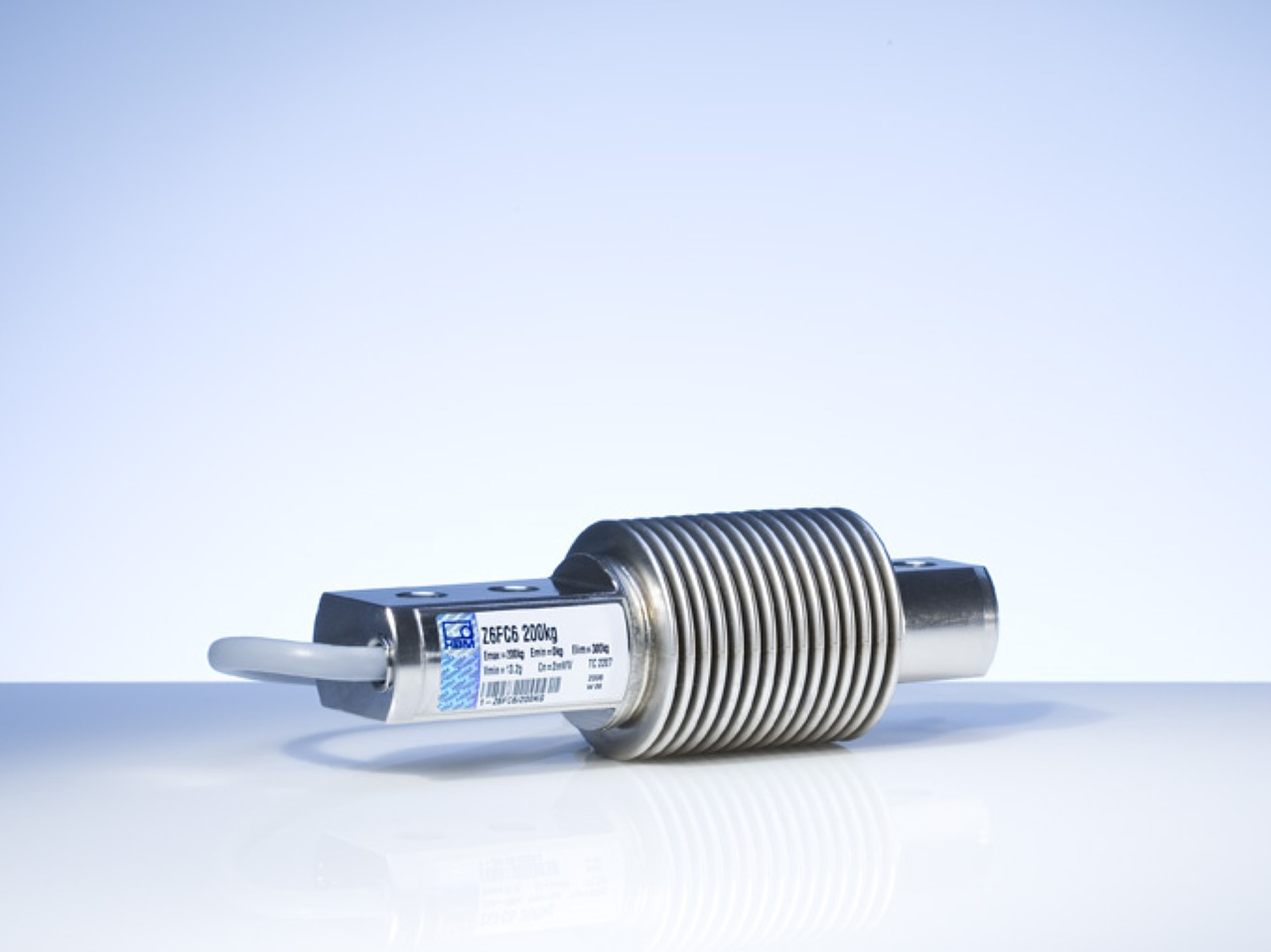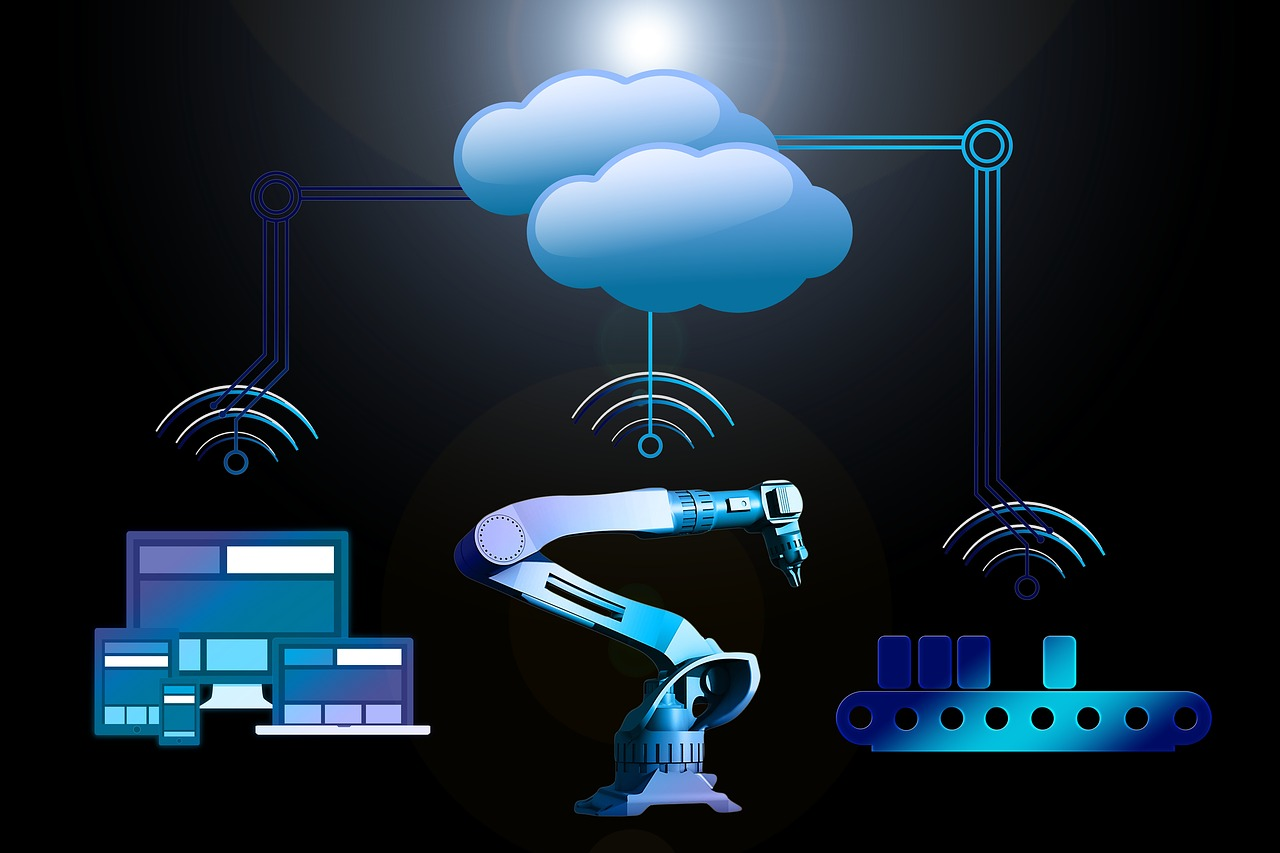Industry 4.0 In-Depth: Sensors and IIoT
Share
As Industry 4.0 technology increases in popularity, it’s vital that manufacturers understand the terms associated with it. However, vocabulary is only the tip of the iceberg. For any individual who wants to get ahead of the competition in their space, having a clear understanding of the technology they’re working with is just as fundamental. This is especially true for manufacturers who feel pressure to digitize. The Industry 4.0 space is a fairly complicated realm that involves a series of different, separate technologies coming together to build one aggregate system.
One way to think about Industry 4.0 smart factories is to view it as any other complex machine. Let’s use a computer as an example. Computers aren’t a single technology. Computers are the aggregate product of various different pieces of hardware like CPUs, GPUs, SSDs, and countless other elements. Industry 4.0 smart factories, like computers, aren’t a single piece of hardware– smart factories are the product of multiple components that are integrated together to build an efficient system.
Today, we’ll be talking about IoT and sensors, one of the most important terms to understand for manufacturers who aim to build a smart factory. Machine sensors aren’t anything new, but the development of devices that can extract information from these sensors is garnering a new age of information distribution and empowered decision making. In fact, Mark Cuban, a prolific investor in technology, says that sensors are indeed the future. Excited about IoT and sensors yet? We’ll break it down for you.
IoT and Sensors– What Are They?

The IoT (Internet of Things) is a term used to describe the collective number of hardware in the world that gathers data and is connected to some form of internet connection. A great way to think about the IoT is to imagine it like a giant web of devices that gather information and sometimes share that information with each other (depending on who owns them). Some of the devices in the IoT are cell-phones, laptops, and other devices that are commonly associated with the internet. However, sensors that exist within or added to factory equipment, make up 8+ billion of the IoT volume.
It is the adoption of smart devices, which extract the data from sensors, and gather the process metrics and calculate insights, that really provides the power in Industrial IoT. Industry 4.0 technology has become more useful and practical for manufacturers to leverage. Since smart devices gather various data points (temperature, humidity, production speed, etc.) they are especially important to engineers and operators. Advanced devices that calculate metrics, such as OEE and scrap, are the key to providing actionable information to the plant managers and executives of smart factories.
How do sensors and IoT relate to Industry 4.0?

Machine sensors connected to smart devices, in conjunction with the cloud, make up the IoT and serve as the backbone of Industry 4.0 technology. Everything starts with sensors, but without devices to gather information from wherever they’re placed, nothing else will work.
The long-term consequence that manufacturers who fail to digitize will face is the technical expenses they’ll incur by not integrating smart devices into their machines. It’s important to start as soon as possible. Rather than trying to retrofit their existing machines for PLCs and SCADA systems, or buying expensive new equipment, it’s more effective to invest in smart technology that can easily gather data from your existing machine sensors without additional upgrade expenses.
In the near future, at the peak of Industry 4.0 adoption, while every other manufacturer struggles to catch up, manufacturers who digitize today will be ahead in three ways.
- Early adopters will have more data to work off of and can make more informed decisions.
- The technology is already integrated into their operations. Early adopters will be able to leverage the technology better and more effectively than newbies.
- Since data is an asset that appreciates with time, they will have the benefit of compound interest. The more data a factory has accumulated, the better.
Why should manufacturers invest in Industry 4.0 technology today?
While it may seem burdensome for manufacturers to install smart devices into their already-functioning factory, they should invest in the long-term and start today. Eventually, all manufacturers will need to integrate this hardware into their factory because if they don’t, they will be at a heavy disadvantage against their competition.
Blockbuster didn’t see value in video-streaming on the Internet in 1990’s. On September 23, 2010, Blockbuster filed for Chapter 11 bankruptcy, having incurred $900 million in debt and outperformed by on-demand video streaming services. The same could easily happen to manufacturers who sit by idly while their competitors invest in the future (Industry 4.0 technology) and bring the smart devices to their factories. The solution? Become an early adopter.
The post Industry 4.0 In-Depth: Sensors and IIoT appeared first on Oden Technologies.
